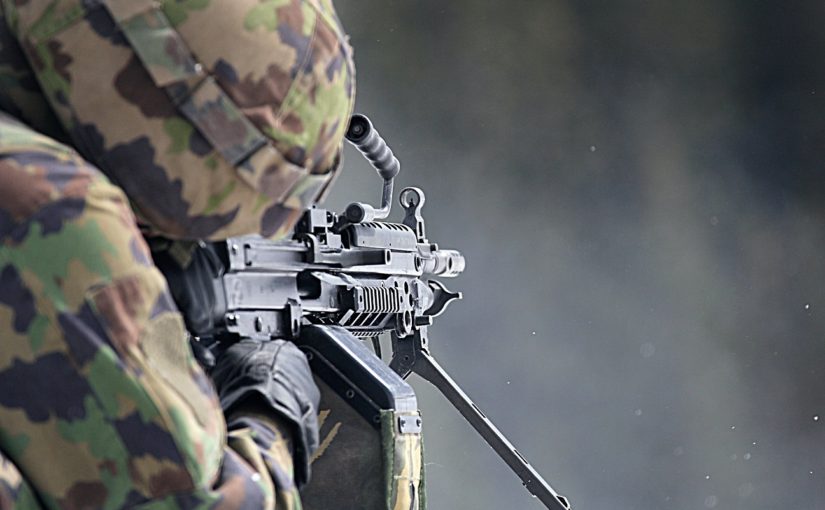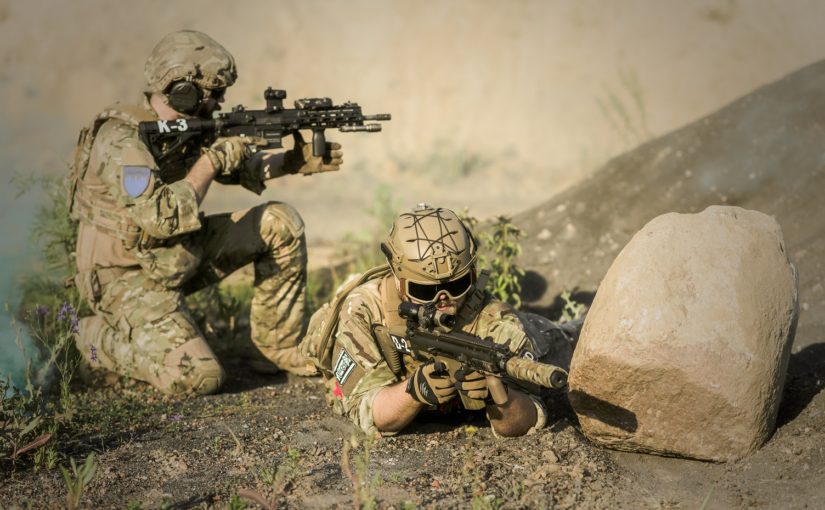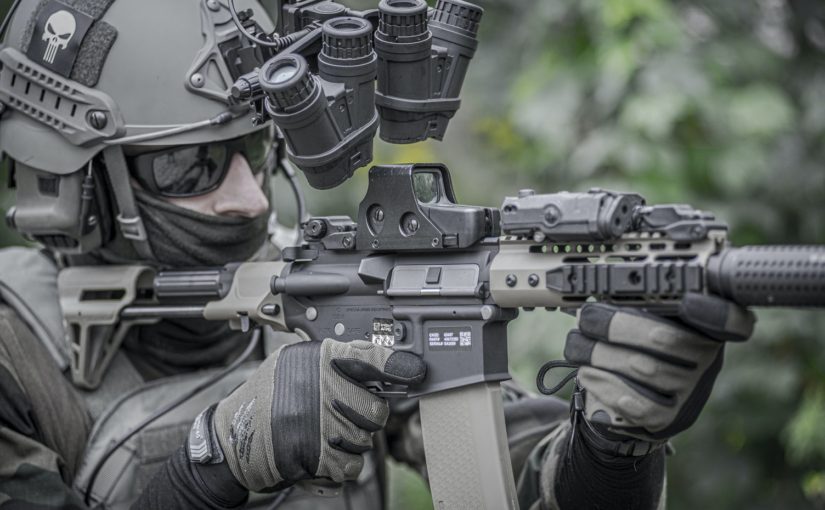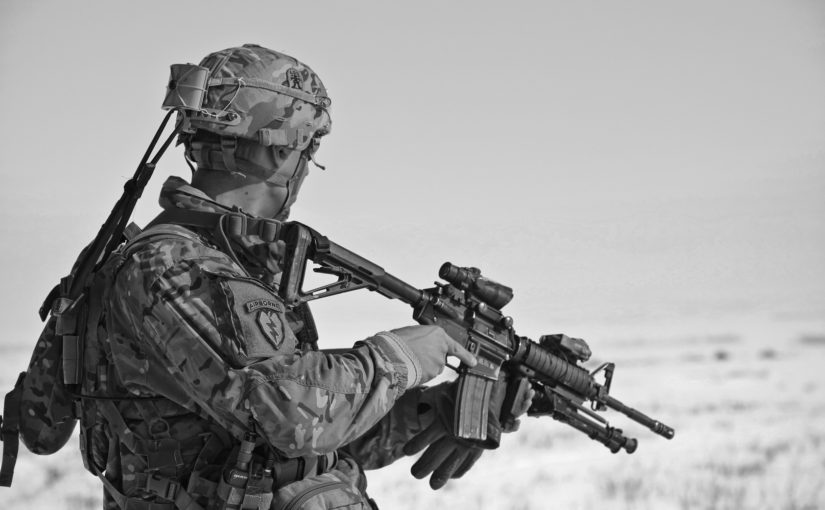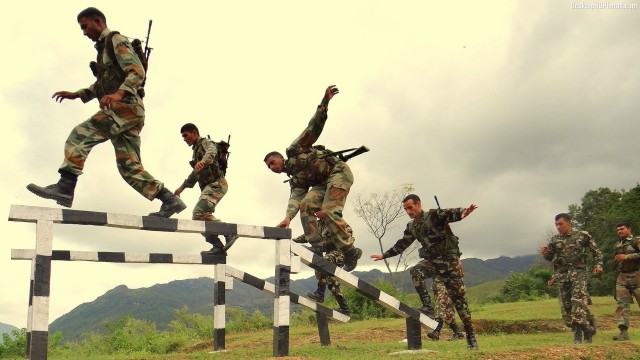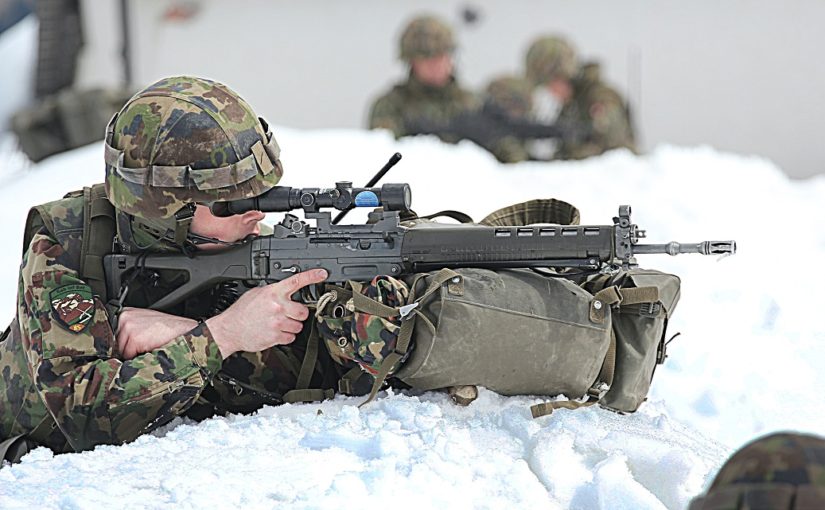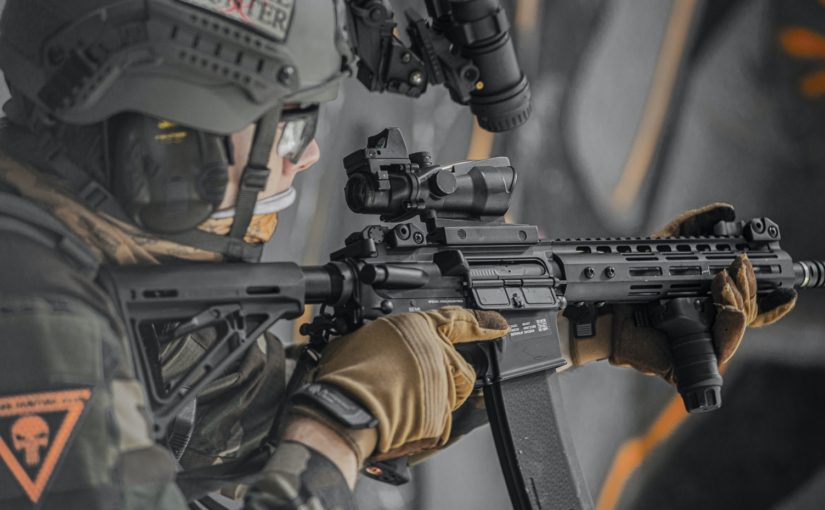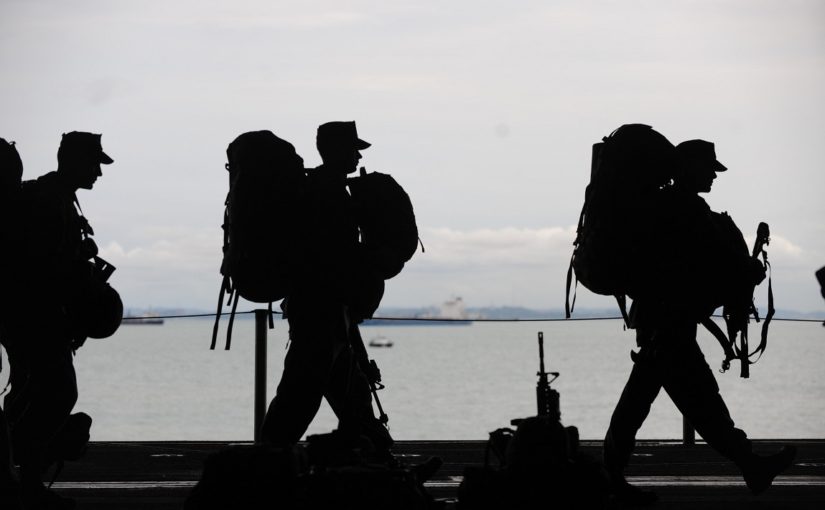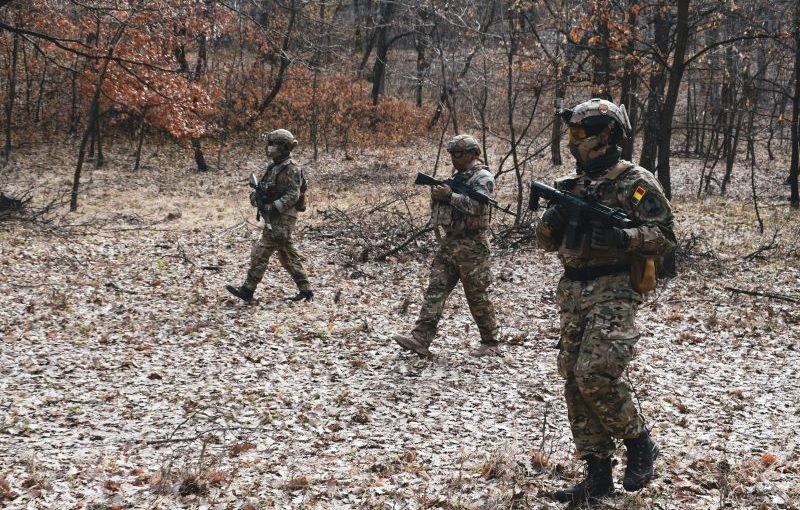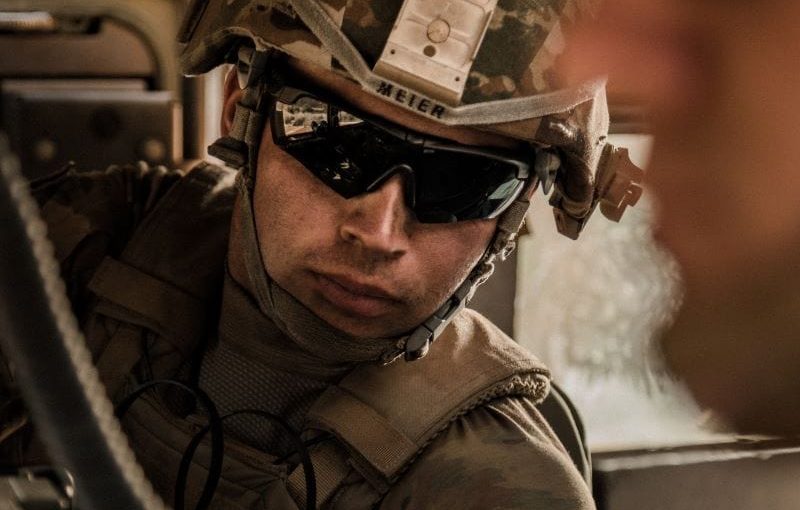When it comes to body armor, there is no shortage of options. But if you’re looking for the most reliable form of protection, you need to look no further than level 4 body armor. This type of armor is designed to provide maximum protection against a range of threats and can be used by military personnel, law enforcement officers, and security professionals alike. So, what kind of protection does Level 4 body armor provide? Let’s take a closer look.
What is Level 4 Body Armor?
Level 4 body armor is composed of hard plates that are inserted into a carrier vest. These plates are constructed from specialized materials that are capable of stopping high-velocity rifle rounds and heavy-duty ammunition like .308 Winchester FMJ bullets. On top of that, these plates can also be paired with soft armor panels that protect against lower-velocity pistol rounds.
Protection Against Rifle Rounds
When it comes to rifle rounds, Level 4 body armor is designed to withstand multiple hits from standard NATO cartridges, such as 5.56mm x 45mm FMJ M193 and 7.62mm x 51mm FMJ M80 rounds. It should also be noted that Level 4 body armor offers limited protection against AP (armor piercing) rounds like the 7.62mm x 39mm FMJ PS Ball round fired from an AK-47 assault rifle at close range.
Protection Against Handgun Rounds
In addition to protecting wearers from rifle rounds, Level 4 body armor also provides excellent protection against handgun ammunition such as 9mm Parabellum JHP 115gr and .357 Magnum JSP 125gr rounds fired at close range. On top of that, this type of body armor also offers superior protection against submachine gun ammo like the 9x19mm Parabellum LUGER ULTRA +P+ 124gr round fired at close range.
Overall, Level 4 body armor provides superior protection against a wide variety of threats ranging from high-powered rifle rounds to low-velocity handgun shots and even submachine gun bullets fired at close range. This makes it ideal for military personnel, law enforcement officers, and security professionals who may find themselves in situations where they need the utmost level of safety and protection from various types of weapons of fire. As such, if you or your organization requires maximum levels of personal defense equipment then Level 4 body armor should be considered as an option for you or your team members.
For more articles, please click here.
